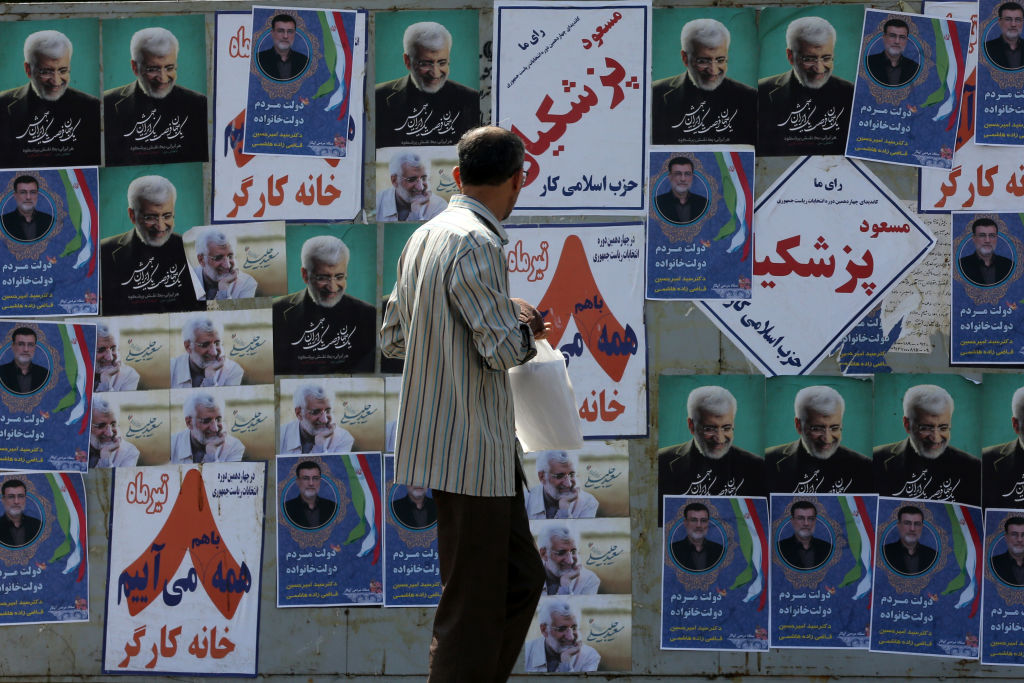SEOUL – South Korea plans to review the concrete walls positioned just beyond the end of some airport runways after an aircraft attempting an emergency landing smashed into one just over a week ago, killing almost everyone on board.
The authorities will alter all of the concrete structures at local airports that were designed to support so-called localisers, which are instruments installed on poles at the end of the runway to guide landing of planes, Transport Minister Park Sang-woo said at a briefing on Jan 7.
“No matter how the wall complies with rules or not, we will immediately improve them in a way to consider safety more,” Mr Park said.
He did not provide details on how the government intends to carry out the changes. South Korean transport officials have previously said the equipment was built in accordance with local rules.
The decision comes as the authorities seek to reassure travellers of air safety following the crash of Jeju Air flight 2216 that killed 179 passengers on the morning of Dec 29, 2024. The decision to alter the airport infrastructure is the first action the South Korean government has announced since the tragedy took place.
The deadly crash of the Boeing 737-800 plane, a predecessor to the 737 Max, at the Muan International Airport left just two survivors. The plane was attempting an emergency landing without its landing gear deployed, skidding on its belly off the runway and exploding after hitting the concrete structure.
The accident came a few minutes after the airport control tower had warned the pilot of the risk of bird strikes.
As South Korean officials investigate the crash, part of their focus has been on the concrete-topped mound placed at the end of the runway. While other countries use the same types of antennas to guide incoming planes, these are designed to snap easily to avoid a fatal impact of the kind experienced by Jeju plane.
The police raided and searched offices at the Muan airport last week after experts raised questions over the airfield’s design, particularly the concrete-topped embankment.
The joint investigation team also includes experts from the US National Transportation Safety Board and Boeing. The plane’s engine maker, a joint venture between General Electric and Safran, found a feather in one of the two engines, Mr Lee Seung-yeol, the leader of the investigative team, said at the briefing.
The team is still looking for what kind of bird hit the plane and whether the second engine may also have experienced a bird strike, he said.
Officials plan to share some of the transcripts of the cockpit voice recorder that was retrieved from the wreckage. The device contains recordings of the pilot’s communication and engine noises during the final two hours.
Another key piece of evidence, the flight data recorder tracking important parameters of flights such as altitude, routes and engines while the power system is on, has been sent to the US for repair. It may take at least a week to download, decode and analyse the data from the recorder, investigators said.
Mr Lee said it is too early to conclude what caused the crash and that the team would wait for data from the two recorders to make a determination.
At this stage of the investigation, they assume bird strikes occurred on at least one of the engines, based on video footage shared by the public, Mr Lee said, though they have yet to conclude that the strike also led to the shutdown of engines. BLOOMBERG
Join ST's Telegram channel and get the latest breaking news delivered to you.

 By The Straits Times | Created at 2025-01-07 09:32:58 | Updated at 2025-01-08 10:01:05
1 day ago
By The Straits Times | Created at 2025-01-07 09:32:58 | Updated at 2025-01-08 10:01:05
1 day ago








